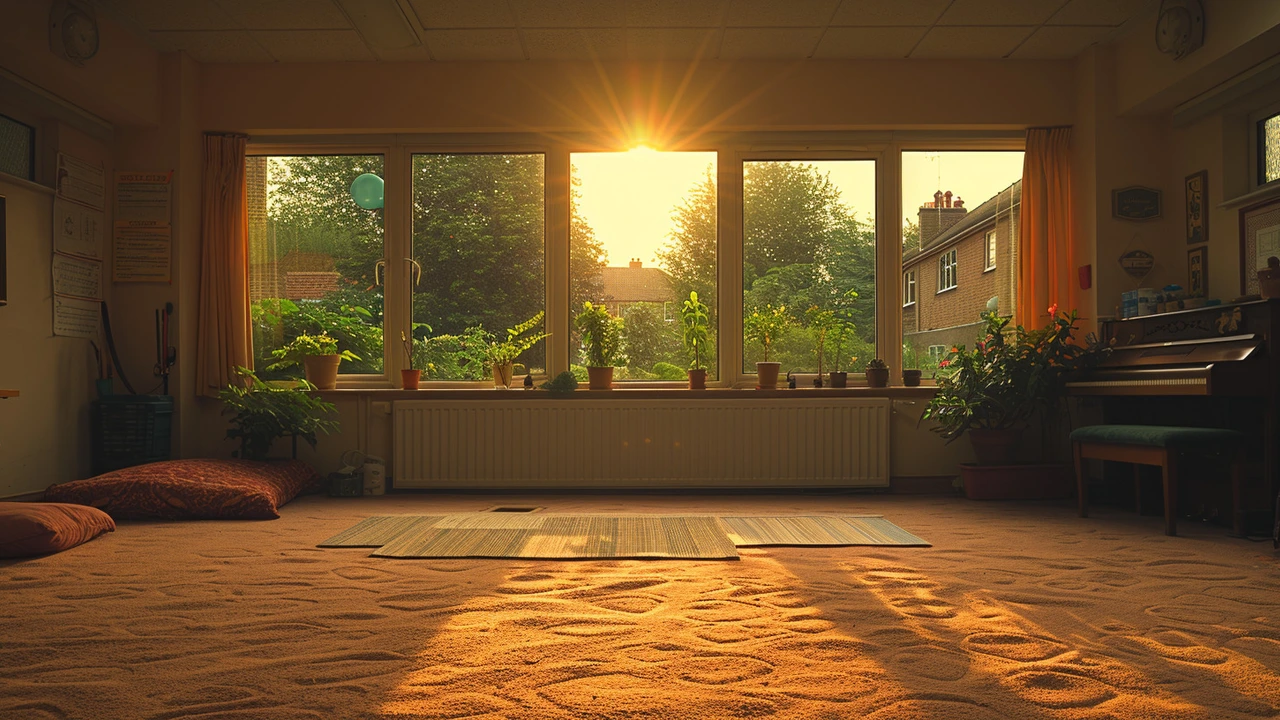The Essentials of Creative Arts Therapies
Creative arts therapies encompass a range of treatments that use music, dance, drama, and visual arts as core components of the therapeutic process. Each of these modalities provides a unique way for individuals to express thoughts and emotions that might be hard to convey through traditional verbal communication. For instance, music therapy might involve creating, singing, or listening to music in order to achieve therapeutic goals. In art therapy, individuals are encouraged to engage in the visual arts, such as drawing, painting, or sculpting, as a means of expressing emotions. Dance therapy uses movement to support intellectual, emotional, and motor functions of the body, while drama therapy uses theater techniques to help individuals achieve personal growth and emotional well-being.
Art therapists are professionals trained in both art and therapy. They are knowledgeable about human development, psychological theories, clinical practice, spiritual, multicultural and artistic traditions, and the healing potential of art. They use art in treatment, assessment and research, and provide consultations to allied professionals. Art therapy sessions can vary and may include activities such as creating art, discussing art processes and creations, as well as analyzing existing pieces of artwork that might resonate with the patient’s emotions or experiences.
Transformative Benefits of Creative Arts Therapies
Engaging in creative arts therapies is not just about making art—it is about initiating a healing process that carries numerous mental health benefits. These modalities have been shown to help reduce anxiety and depression, enhance self-esteem, and provide a strong outlet for expressing difficult emotions. The sensory-based methods used in these therapies are particularly potent for individuals who have experienced trauma, allowing for a secure space to express and process complex emotions safely.
For example, drawing or painting can serve as a way to externalize painful memories, making them less overwhelming. Music therapy provides a rhythm and soundscape that can bring structure and comfort to the chaotic feelings that might accompany psychological trauma. Moreover, engaging in these arts-based activities can boost dopamine levels, which improves mood and decreases feelings of depression. In some cases, therapists have noted significant progress in patients' emotional resilience and reduction of clinical symptoms after integrating creative arts therapies into treatment plans.
Implementing Creative Arts Therapies in Daily Life
One doesn't have to be a patient in a clinical setting to benefit from creative arts therapies. These activities can be integrated into daily life to help manage stress, enhance mindfulness, and foster overall emotional health. Simple activities like keeping a sketchbook, writing songs, or engaging in community theater can be effective ways to maintain well-being. For a more structured approach, many communities offer classes or workshops led by trained therapists. These groups provide not only guidance and support but also a space to connect with others who share similar interests in expressive therapy.
Anyone looking to integrate these practices more deeply might consider setting aside a specific time each week to engage in these activities, creating a regular routine that helps reinforce the therapeutic benefits. It is also helpful to create a dedicated space within the home where one can practice their chosen form of creative arts therapy unrestrictedly. This ensures that the need to express oneself artistically is recognized and honored as part of an overall well-being regimen.






Write a comment: